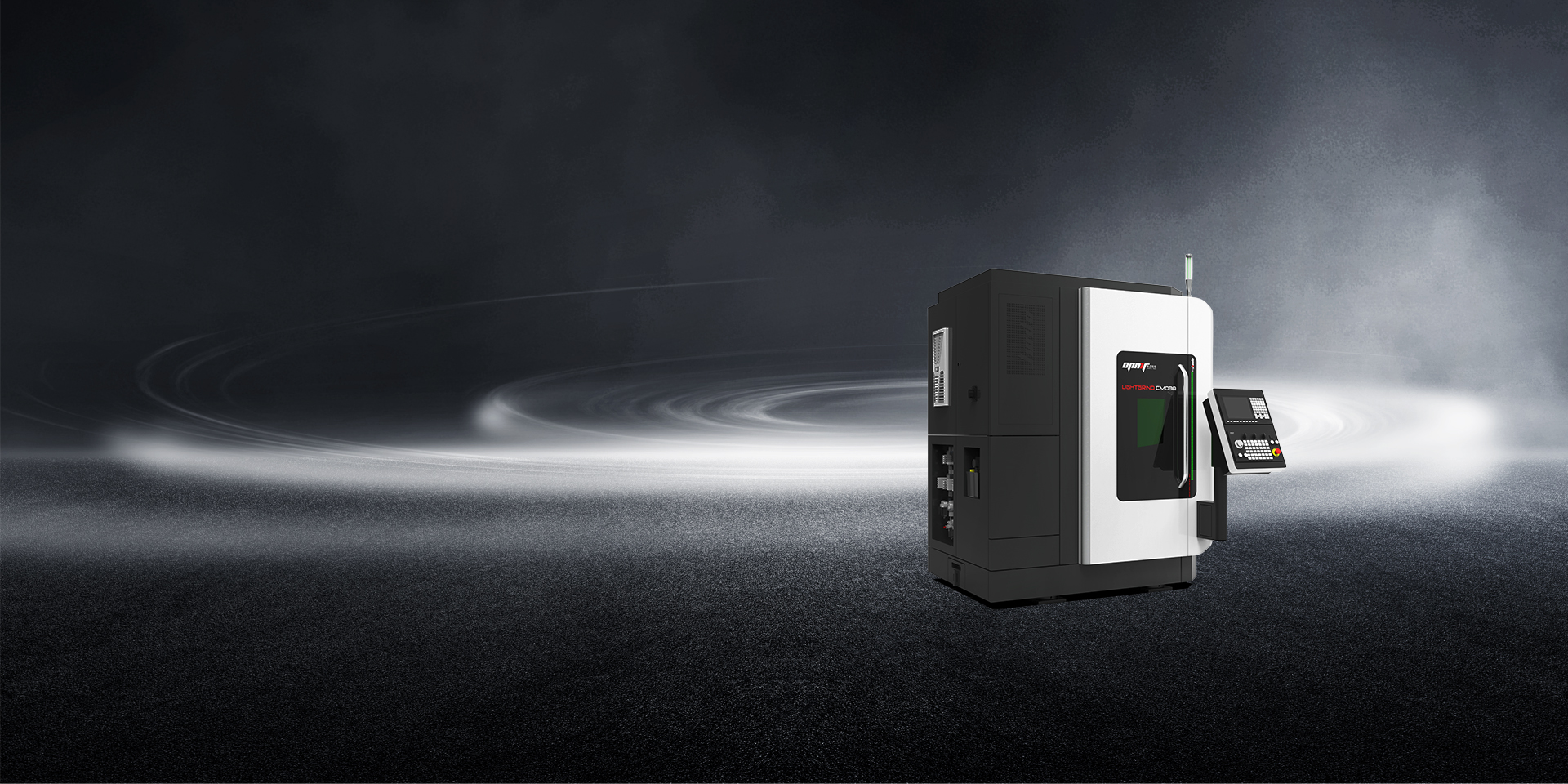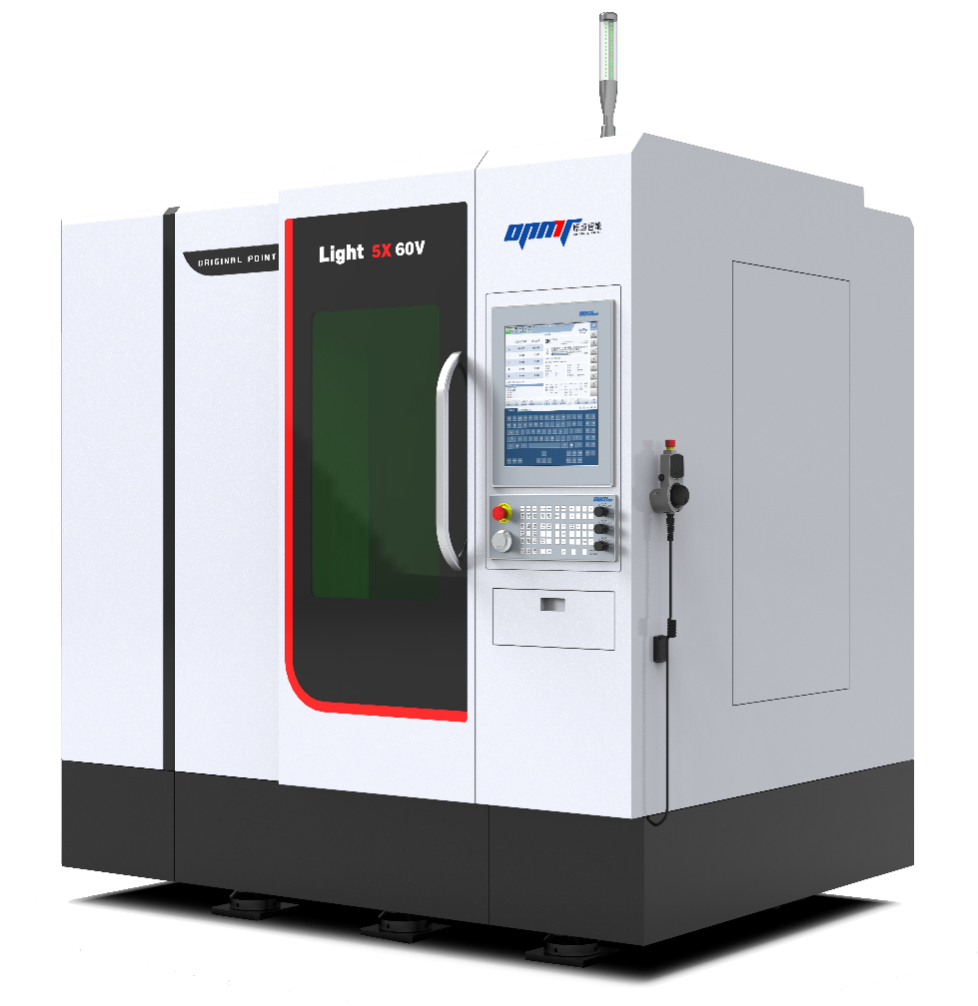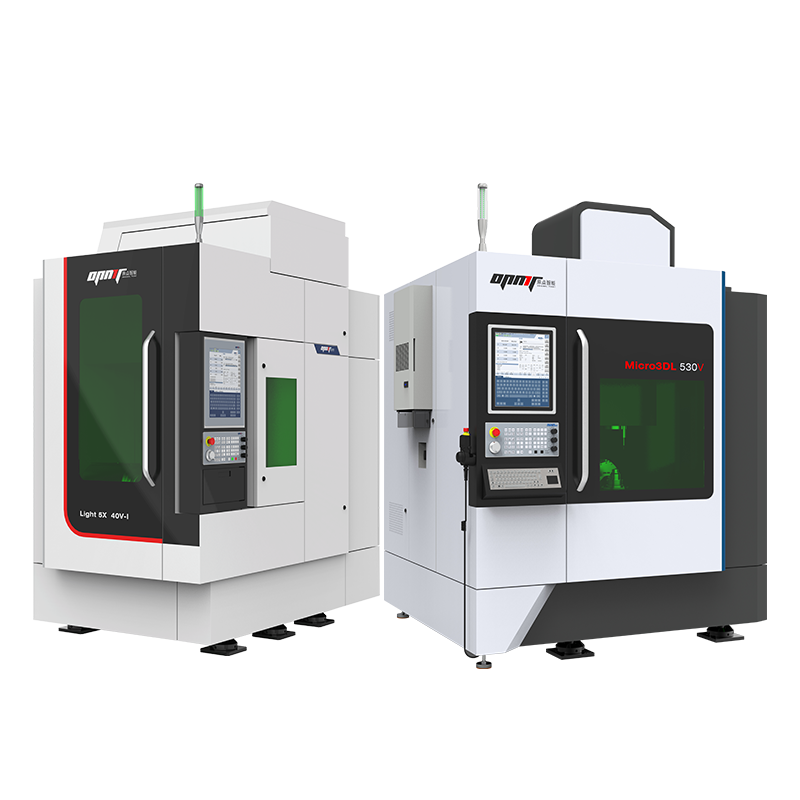Laboratory-grown diamonds have revolutionized manufacturing through two primary production methods: High Pressure High Temperature (HPHT) and Chemical Vapor Deposition (CVD). These synthesis techniques create materials with identical chemical and physical properties to natural diamonds but through fundamentally different technical processes. The distinct characteristics of each production method directly impact subsequent processing requirements, particularly when precision laser machining is required for industrial applications.
HPHT diamonds are produced by simulating the natural diamond formation environment, applying extreme pressure (exceeding 5 GPa) and high temperature (1,300-1,600°C) to carbon in the presence of metal catalysts. Conversely, CVD diamonds grow through gaseous carbon deposition in controlled vacuum chambers at moderate temperatures (800-1,200°C) and significantly lower pressures. These foundational differences create unique material characteristics that require specialized processing solutions.
Diamond Structure and Material Properties: HPHT vs CVD
Processing requirements for lab-grown diamonds are directly determined by their structural and physical properties, which vary significantly between HPHT and CVD varieties:
| Property | HPHT Diamonds | CVD Diamonds | Processing Implications |
|---|---|---|---|
| Crystal Structure | Cubic crystal with fewer dislocations | Columnar growth pattern | Different cutting strategies required |
| Internal Inclusions | Metal catalyst inclusions common | Growth-related surface irregularities | HPHT requires inclusion-sensitive processing |
| Conductivity | Variable (metal inclusions affect) | Highly controllable | CVD requires non-conductive processing methods |
| Growth Size Limitations | Typically smaller crystals | Larger single-crystal plates possible | Different fixturing requirements |
These material differences create specific processing challenges that conventional machining methods cannot adequately address. While HPHT diamonds often contain metallic inclusions that may allow electrical discharge machining (EDM), CVD diamonds frequently exhibit non-conductive properties that render traditional EDM methods ineffective.
Technical Challenges in Diamond Processing
The extraordinary hardness of diamond materials (approximately 90 GPa) presents significant processing challenges that conventional machining approaches cannot overcome. According to OPMT Laser’s technical documentation, traditional processing methods face several critical limitations:
- Conventional EDM limitations: When processing CVD or monocrystalline diamonds with poor conductivity, wire skipping occurs and machining cannot continue
- Edge quality issues: Traditional methods often produce chips and cracks at cutting edges, significantly increasing costs and processing time
- Geometric limitations: Complex contours and specialized profiles are difficult to achieve with conventional methods
- Environmental concerns: Traditional processing typically requires cutting fluids that generate waste
These limitations become particularly problematic when processing diamond components for precision applications in automotive, 3C electronics, and aerospace industries where micron-level accuracy is essential.
OPMT Laser’s Advanced Diamond Processing Solutions
OPMT Laser has developed specialized laser processing systems specifically designed to address the unique challenges of HPHT and CVD diamond materials. These systems leverage advanced laser technologies to enable precision machining impossible with conventional methods.
DiaCUT L315V: Specialized CVD Diamond Processing

The DiaCUT L315V CVD Laser Diamond Surface Grinding Machine represents OPMT’s specialized solution for CVD diamond processing. This system is engineered specifically for the unique requirements of CVD diamond surface preparation:
- Wavelength optimization: 532nm laser specifically tuned for CVD diamond material
- Positioning accuracy: ±0.01mm with repeat positioning accuracy of ±0.002mm
- Travel parameters: 300mm (X-axis), 100mm (Y-axis), 100mm (Z-axis)
- Precision grinding capability: Achieves surface finishes required for electronic and optical applications
The machine’s marble bed construction provides thermal stability essential for maintaining dimensional accuracy when processing temperature-sensitive CVD diamond materials.
Multi-Material Processing Solutions

For applications requiring processing of both HPHT and CVD diamond materials, OPMT Laser offers multi-capable systems like the Light 5X 60V Vertical 5-Axis Laser Machining Center. This system provides:
- Five-axis simultaneous control: Enables complex geometry processing essential for diamond tooling
- Linear motor technology: All three linear axes utilize linear motors for fast dynamic response and high precision
- Positioning accuracy: ±0.005mm with repeat accuracy of ±0.003mm
- Advanced CNC control: NUM CNC system with RTCP (Rotation Tool Center Point) capability
This versatility allows manufacturing professionals to process various diamond materials without changing equipment, significantly improving production efficiency.
Comparative Analysis: Laser Processing vs Conventional Methods
OPMT Laser’s technical documentation demonstrates substantial advantages of laser-based diamond processing compared to conventional methods:
| Processing Aspect | Traditional EDM | OPMT Laser Solutions | Advantage |
|---|---|---|---|
| Processing Speed | Baseline | 200× faster | Dramatically improved throughput |
| Edge Quality | Chips and cracks common | Clean edges without chips | Superior component integrity |
| Non-Conductive Materials | Cannot process effectively | Processes all diamond types | Complete material flexibility |
| Environmental Impact | Requires cutting fluids | No cutting fluid required | Environmentally friendly |
| Operational Costs | Higher power consumption (4.5 kWh/h) | Lower power consumption (2.5 kWh/h) | 44% energy savings |
| Floor Space Requirement | 10m² | 6m² | 40% space reduction |
| Monthly Operating Cost | 4,190 yuan | 1,956 yuan | 53% cost reduction |
These advantages make laser processing the preferred technology for high-precision diamond applications across multiple industries.
Industry-Specific Applications
Automotive Industry
In the automotive sector, diamond cutting tools manufactured from both HPHT and CVD materials are essential for precision machining of critical components. The Light 5X 60V system is specifically applied to process PCD, CBN, carbide, and ceramic tools used in manufacturing:
- Engine components requiring superior surface finish
- Transmission parts with tight tolerances
- Brake system components requiring precise dimensions
The ability to achieve ±0.003mm processing accuracy with consistent edge quality significantly improves tool life and component performance.
3C Electronics Industry
The 3C (Computer, Communication, Consumer Electronics) industry leverages primarily CVD diamond components due to their superior thermal conductivity and electrical insulation properties. OPMT’s Light 5X 40V provides specialized capabilities for:
- Mobile phone and tablet shell finishing
- Internal precision components manufacturing
- Electronic watch components requiring miniaturization
The system’s ability to process large curvature surfaces and special-shaped contours of PCD/PCBN/CVD tools makes it particularly valuable for electronics manufacturing applications.
Advanced Materials Processing
For cutting-edge applications in quantum computing, advanced semiconductor manufacturing, and optical systems, OPMT’s femtosecond laser systems provide unparalleled precision:
- Cold ablation process: Prevents thermal damage in heat-sensitive regions
- Material removal capability: Sub-micron precision essential for quantum applications
- Multi-material processing: Handles both conductive and non-conductive diamond varieties
The LP550V Five-axis Ultrafast Laser Rotary Cutting Machine specifically addresses these advanced applications with its femtosecond laser capability and five-axis precision control.
Technical Processing Parameters
Achieving optimal results when processing HPHT and CVD diamonds requires precise control of laser parameters. OPMT systems provide extensive customization capabilities for diamond-specific processing:
- Pulse characteristics:
- Nanosecond pulses (1-100ns) for general diamond processing
- Picosecond or femtosecond pulses (≤400fs) for highest precision requirements
- Feed rates:
- Cutting speeds up to 20m/min
- Rapid traverse speeds up to 30m/min for improved production efficiency
- Edge quality optimization:
- Passivation values as fine as 0.0043mm
- Profile accuracy within 0.006mm
These parameters are optimized through OPMT’s specialized software interfaces that incorporate diamond-specific machining parameters to ensure consistent quality across production runs.
Future Directions in Diamond Processing Technology
The integration of artificial intelligence and machine learning algorithms is transforming diamond processing capabilities. OPMT Laser’s advanced systems now incorporate:
- Real-time parameter optimization based on material characteristics
- Multi-sensor feedback for maintaining consistent processing quality
- Advanced simulation capabilities that predict outcomes before cutting
These technological advances are expanding the applications for precision-processed lab-grown diamonds into previously impossible domains, including quantum computing, advanced medical implants, and next-generation power electronics.
Conclusion
The technical differences between HPHT and CVD diamond production methods create unique materials with distinct processing requirements. OPMT Laser’s advanced processing systems address these challenges through specialized laser technologies that overcome the limitations of conventional machining methods. By providing superior accuracy, edge quality, and processing flexibility, these systems enable manufacturing professionals to fully leverage the exceptional properties of both HPHT and CVD diamonds across automotive, electronics, and advanced technology applications.
The dramatic improvements in processing efficiency-200× faster processing speeds and 53% reduced operational costs compared to conventional methods-make advanced laser processing essential for companies seeking competitive advantage in diamond-enabled technologies. As diamond applications continue expanding into new domains, OPMT Laser’s continued innovation in femtosecond laser technology and multi-axis processing systems ensures manufacturing professionals have access to the tools needed to unlock the full potential of these extraordinary materials.
Disclaimer
This content is compiled by OPMT Laser based on publicly available information for reference only; mentions of third-party brands and products are for objective comparison and do not imply any commercial association or endorsement.



